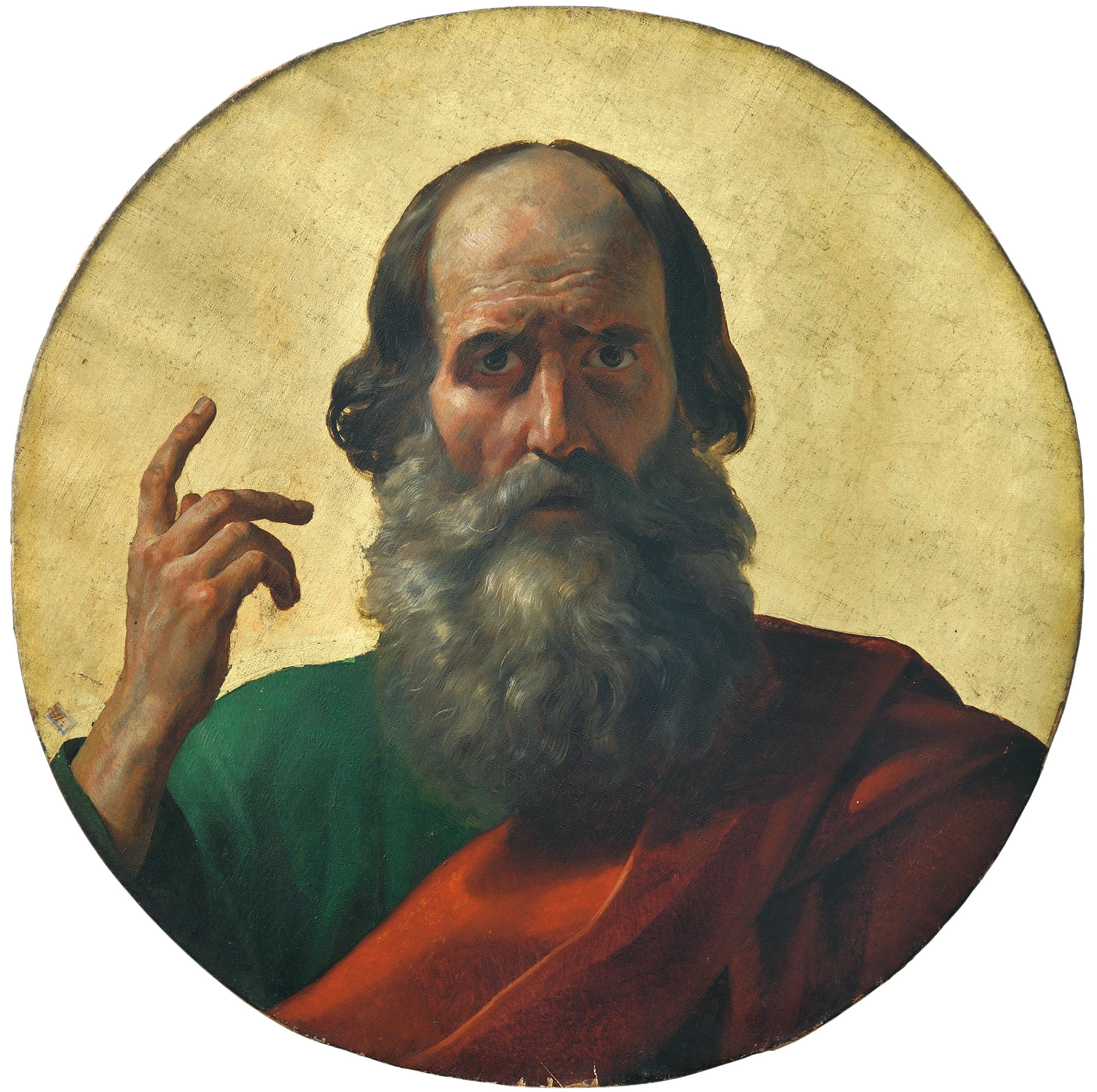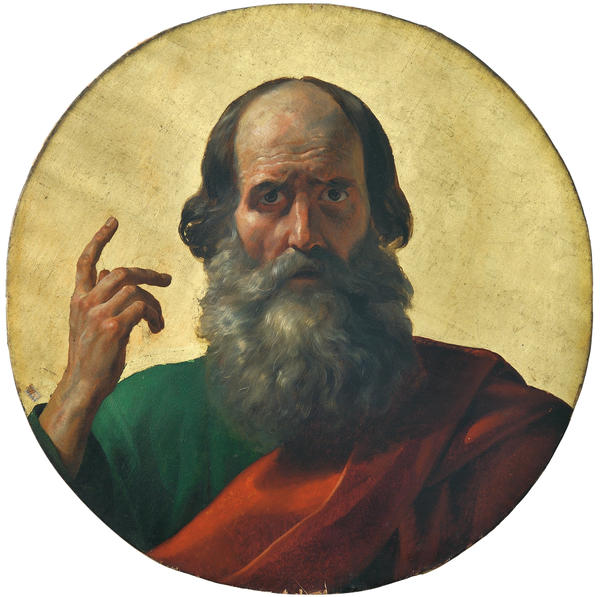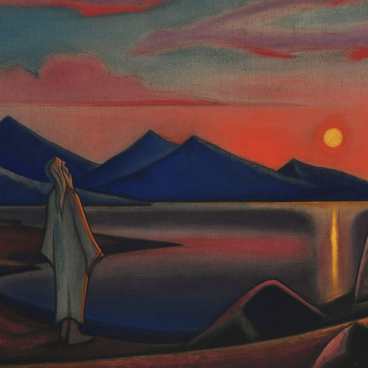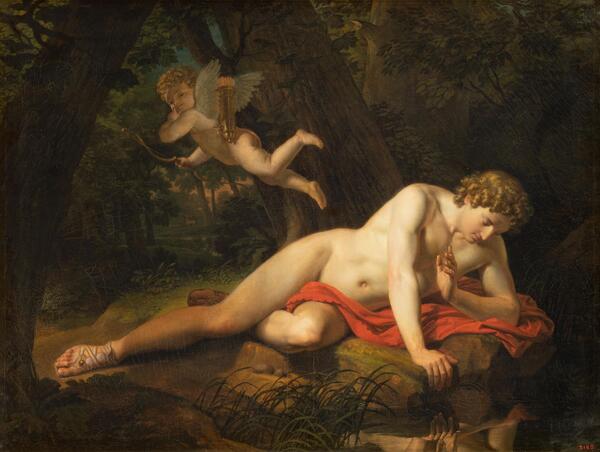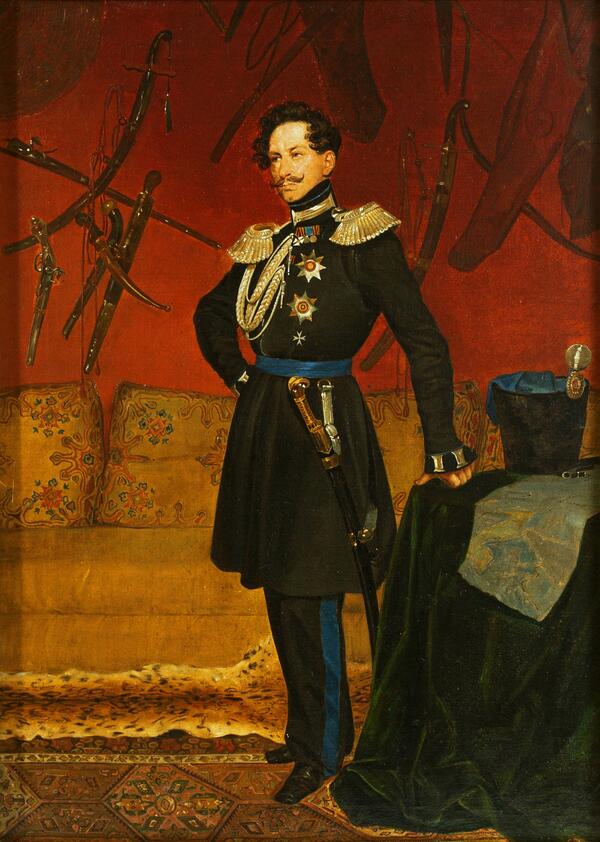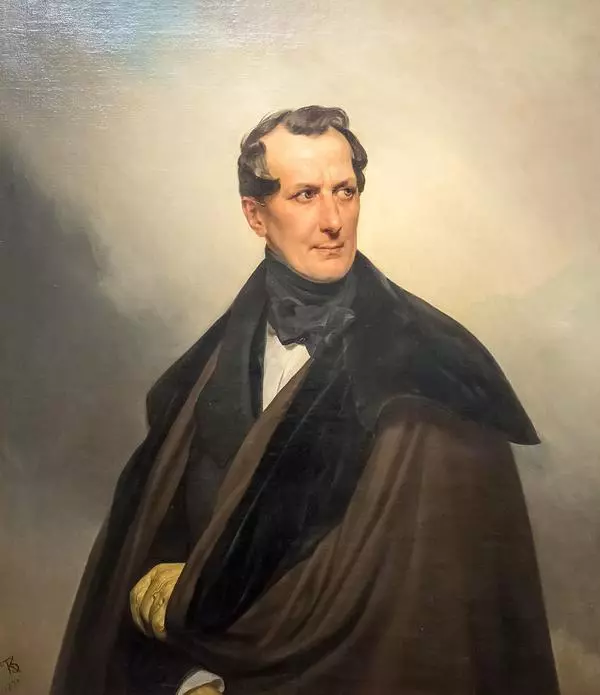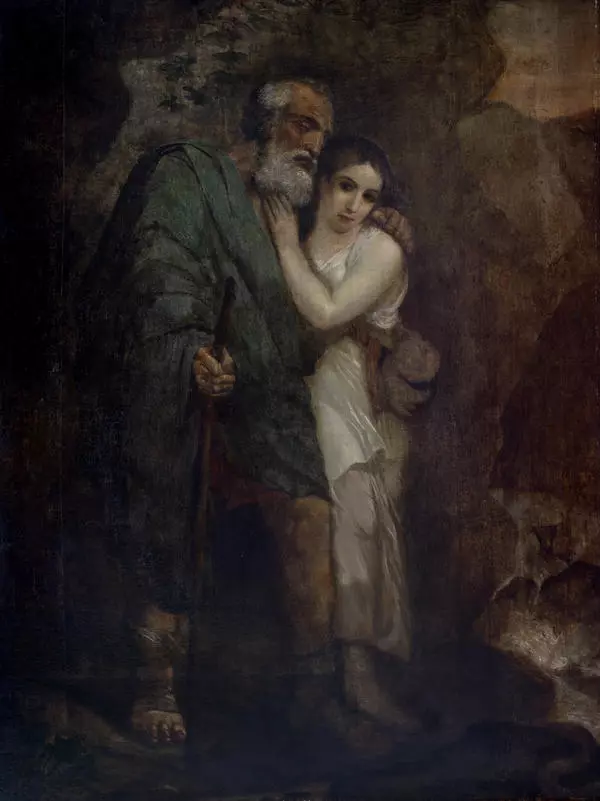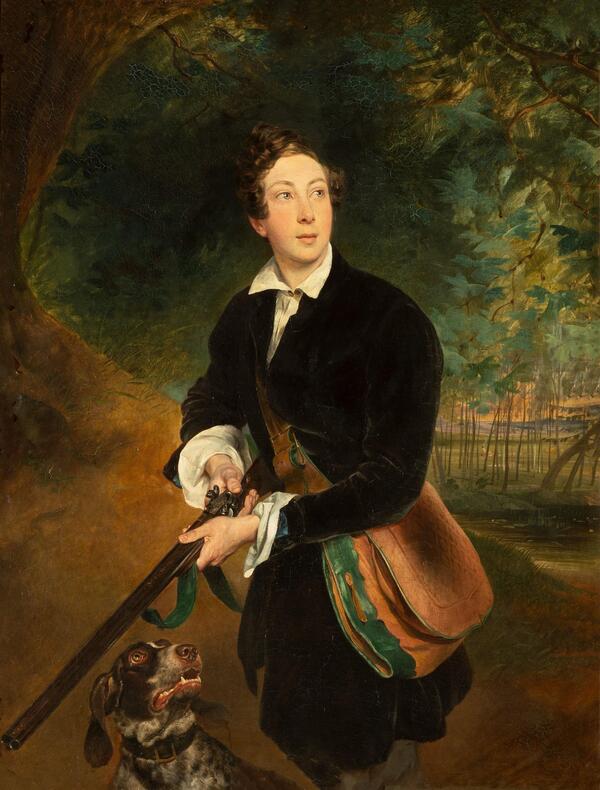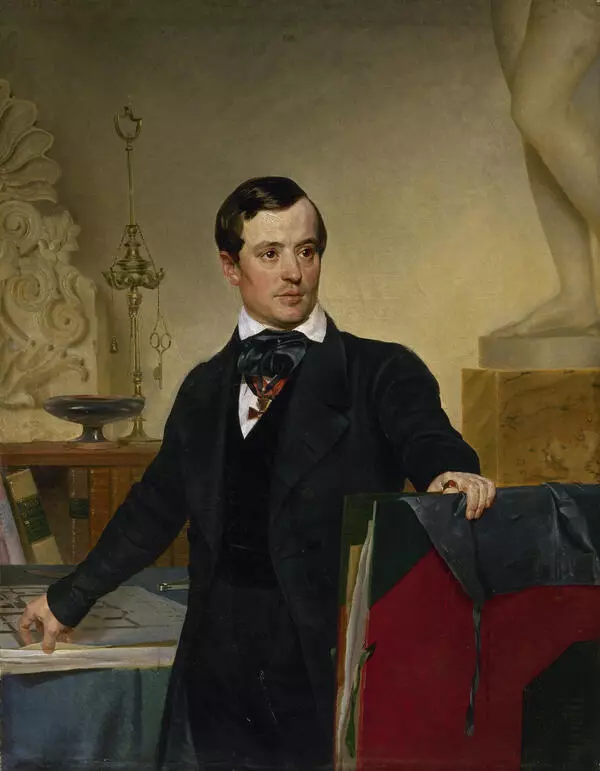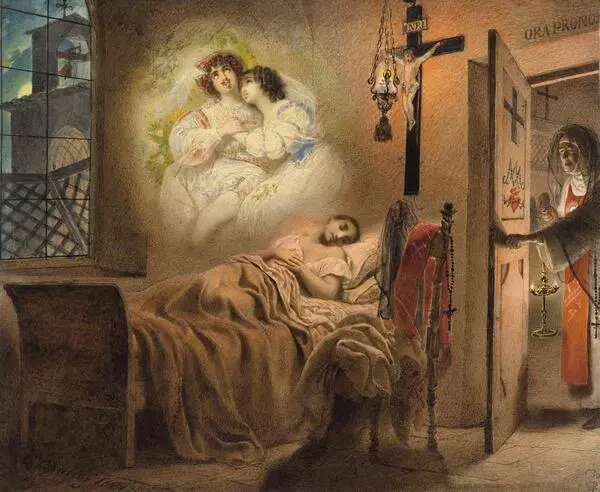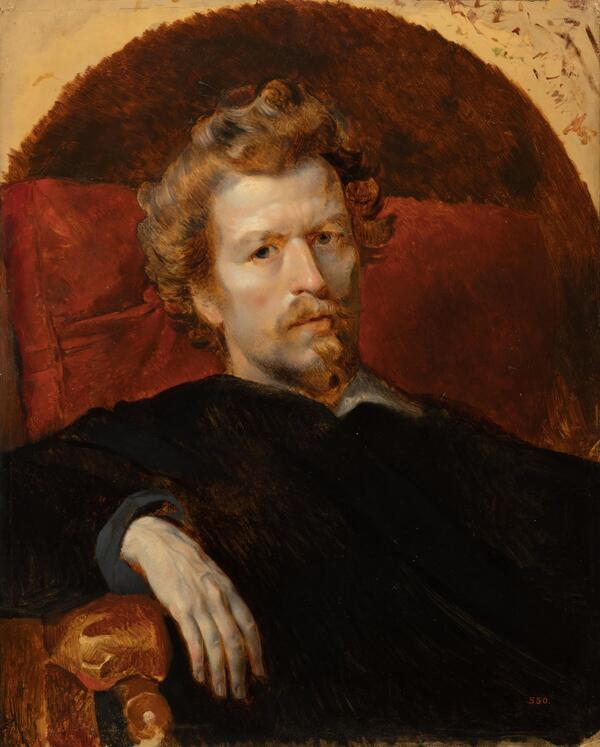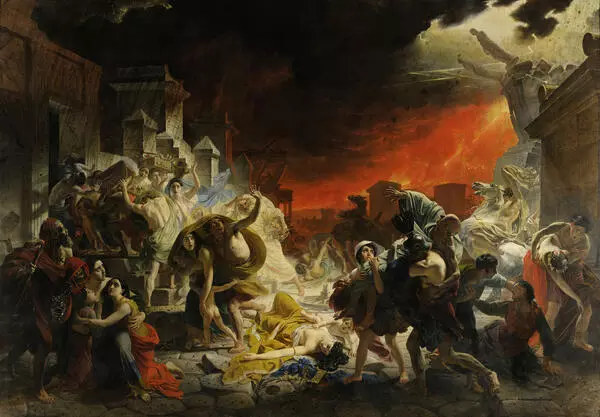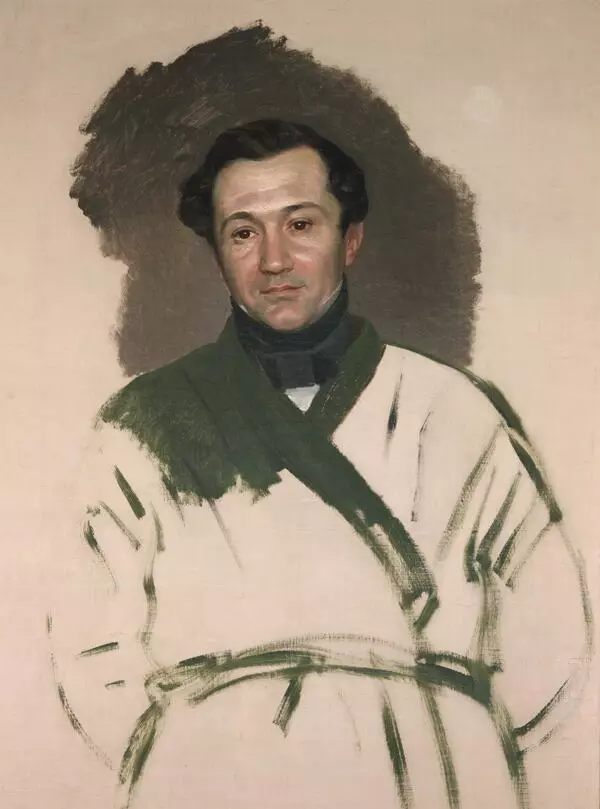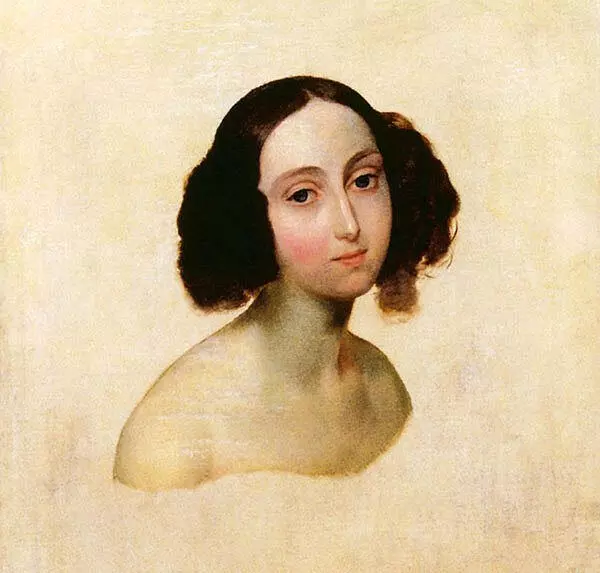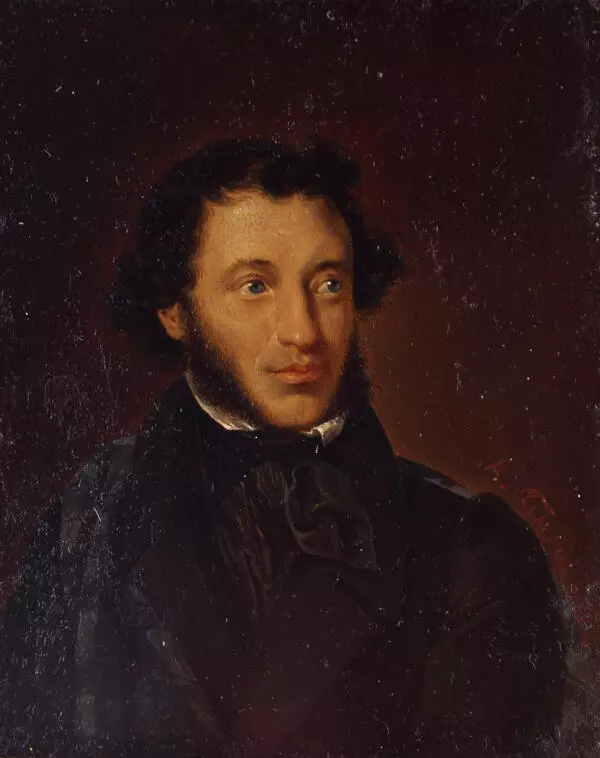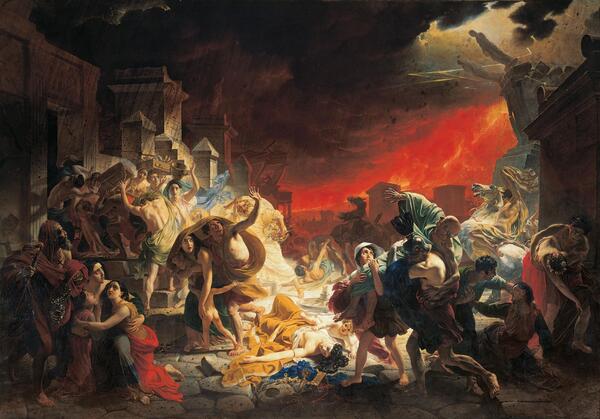Karl BryullOv (1799–1852) is one of those painters whose creative work fostered a plethora of prominent artists. Murals form a great part of his legacy.
The artist participated in the decoration of the Saint Isaac’s Cathedral and the Lutheran Church of Saint Peter and Saint Paul. The construction of the latter began on June 29, 1728, the Feast of Saints Peter and Paul. However, after almost a century, the church noticeably deteriorated. The Lutheran community announced a tender to create a plan for a new building. The plan by Alexander Bryullov, Karl Bryullov’s brother, was recognized as the best work. Alexander had also studied the basics of art education since childhood and was a famous artist and architect. For this project, Karl Bryullov created a crucifix mural that decorated the church’s altar and two round icons of Saints Peter and Paul.
The surviving altar icon of Paul the Apostle by Bryullov became part of the NovosibIrsk State Art Museum collection shortly after the revolution. The cathedral was closed after 1917. The building was repurposed as a concert hall and later as a vegetable storehouse. Then, between 1963 and 1993, a swimming pool was located there.
The artwork was painted in 1837, in Karl Bryullov’s heyday. One year earlier, the artist met Emperor Nicholas I who was fascinated with the Last Day of Pompeii, a painting that Bryullov had created while traveling abroad. Around that same time, Bryullov was also appointed head of the history class at the Academy of Arts.
Bryullov chose a round shape for this artwork, following the canons set in Italy during the Renaissance. The artist often experimented with various shapes and materials, guided by the classic works of the great masters of the past. It is suggested by the gold background behind the Apostle as well as by the accuracy of artistic plasticity. In the painting, we can see the Saint’s high forehead, his severe gaze, the pointing gesture of the raised hand, which serves to convey the emotional tension of the staunch preacher of Christian faith.
The artist participated in the decoration of the Saint Isaac’s Cathedral and the Lutheran Church of Saint Peter and Saint Paul. The construction of the latter began on June 29, 1728, the Feast of Saints Peter and Paul. However, after almost a century, the church noticeably deteriorated. The Lutheran community announced a tender to create a plan for a new building. The plan by Alexander Bryullov, Karl Bryullov’s brother, was recognized as the best work. Alexander had also studied the basics of art education since childhood and was a famous artist and architect. For this project, Karl Bryullov created a crucifix mural that decorated the church’s altar and two round icons of Saints Peter and Paul.
The surviving altar icon of Paul the Apostle by Bryullov became part of the NovosibIrsk State Art Museum collection shortly after the revolution. The cathedral was closed after 1917. The building was repurposed as a concert hall and later as a vegetable storehouse. Then, between 1963 and 1993, a swimming pool was located there.
The artwork was painted in 1837, in Karl Bryullov’s heyday. One year earlier, the artist met Emperor Nicholas I who was fascinated with the Last Day of Pompeii, a painting that Bryullov had created while traveling abroad. Around that same time, Bryullov was also appointed head of the history class at the Academy of Arts.
Bryullov chose a round shape for this artwork, following the canons set in Italy during the Renaissance. The artist often experimented with various shapes and materials, guided by the classic works of the great masters of the past. It is suggested by the gold background behind the Apostle as well as by the accuracy of artistic plasticity. In the painting, we can see the Saint’s high forehead, his severe gaze, the pointing gesture of the raised hand, which serves to convey the emotional tension of the staunch preacher of Christian faith.
